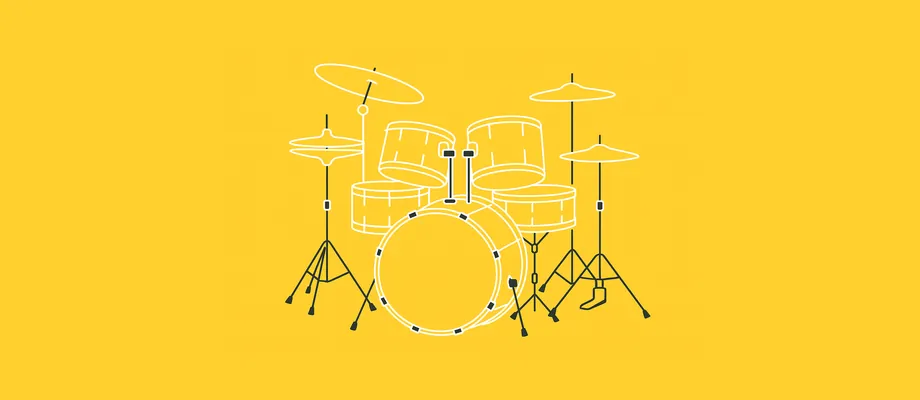
2. Create Your First Beats!
The fundamental pillars of a song are rhythm, harmony, and melody. Let's start with the first pillar, rhythm.
The Drums
Before creating a beat, we need to choose our instrument. For beats, the ideal instrument is the drums.
We will use sound to play 3 drum sounds.
These two-letter abbreviations represent different parts of the drum kit.
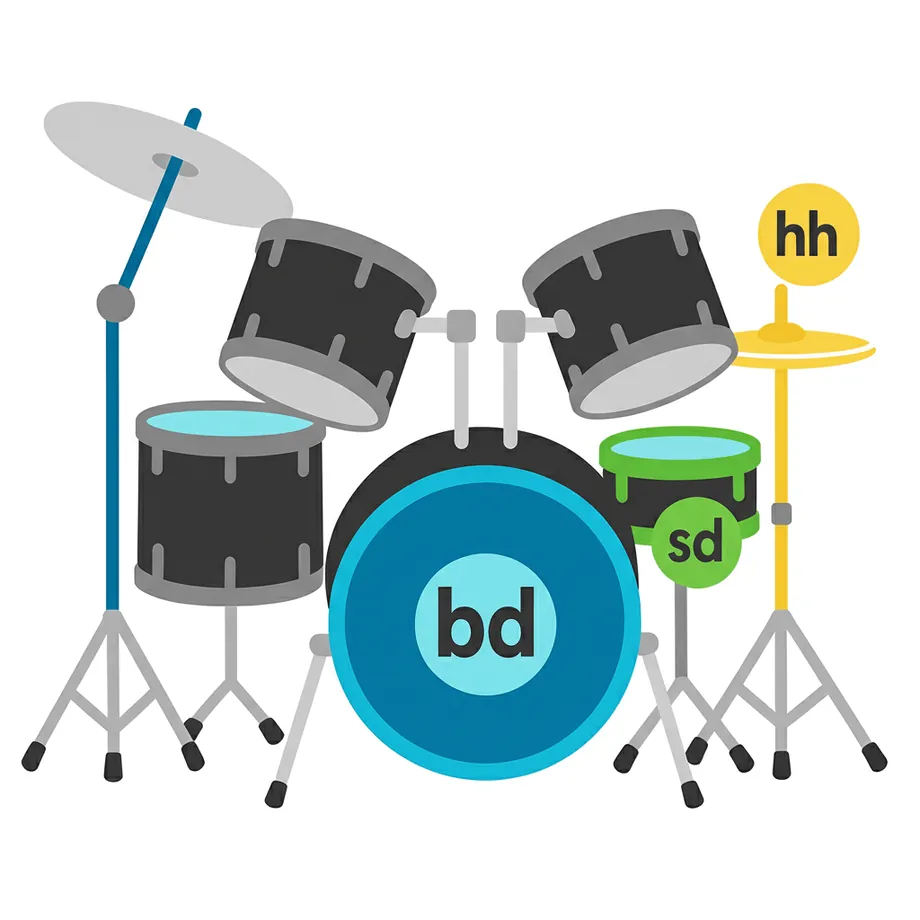
bd= bass drum (kick)sd= snare drum (snare)hh= hi-hat (hi-hat)
With sound("bd sd hh") we play three drum hits: first the bass drum bd, then the snare sd, and finally the hi-hat hh.
These 3 instruments form the foundation of almost all modern music. You'll find them in pop, hip-hop, rock, and many other genres. That's why, with these 3 sounds, you can create most of the rhythms you hear in your favorite songs.
The kick drum and the "Four on the Floor
Let's start practicing.
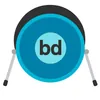
We will start with the bass drum bd. The bass drum marks the pulse with a deep, low sound. Think of it as the heartbeat of your song. Write the following in the Strudel editor.
Congratulations, we just created the most fundamental beat in dance music! This pattern is known as 'Four on the Floor'.
The Beat in Strudel
In Strudel, we build rhythms by writing 'words' (bd) in a sequence ('bd bd bd bd').
This sequence that you write in quotes "" lasts for 1 Cycle of Strudel, which is 2 seconds. Each word (bd) within the Cycle is a Beat. The beat is like the heartbeat or the tick of a clock that keeps the rhythm. Let's look at an example:
If you write 4 sounds ("bd bd bd bd"), Strudel divides the cycle into 4 equal parts. It's like cutting a cake (cycle) into 4 pieces (beats) of the same size.
Since a cycle lasts 2 seconds, everything we put between "" will take 2 seconds to play. In this case, we have put 4 kick drum sounds, so a kick will sound every half second.
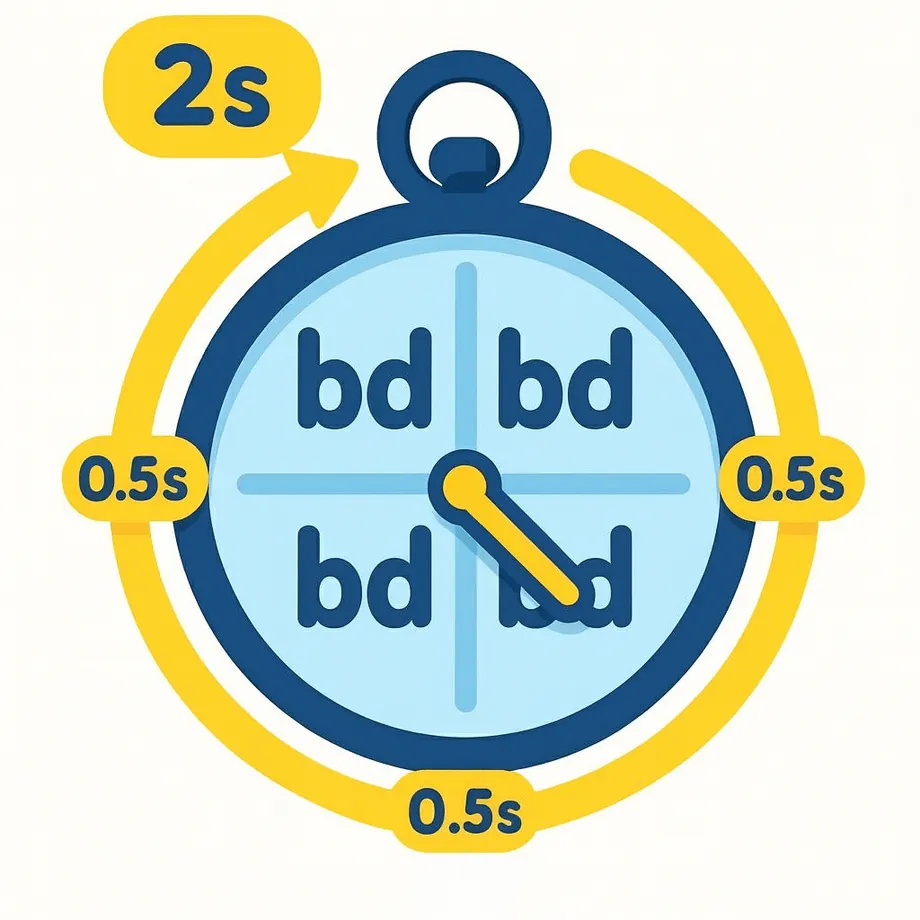
If we had put sound("bd bd bd"), the cycle would still last 2 seconds, but the kick hits would be slower, occurring every 0.66 seconds.
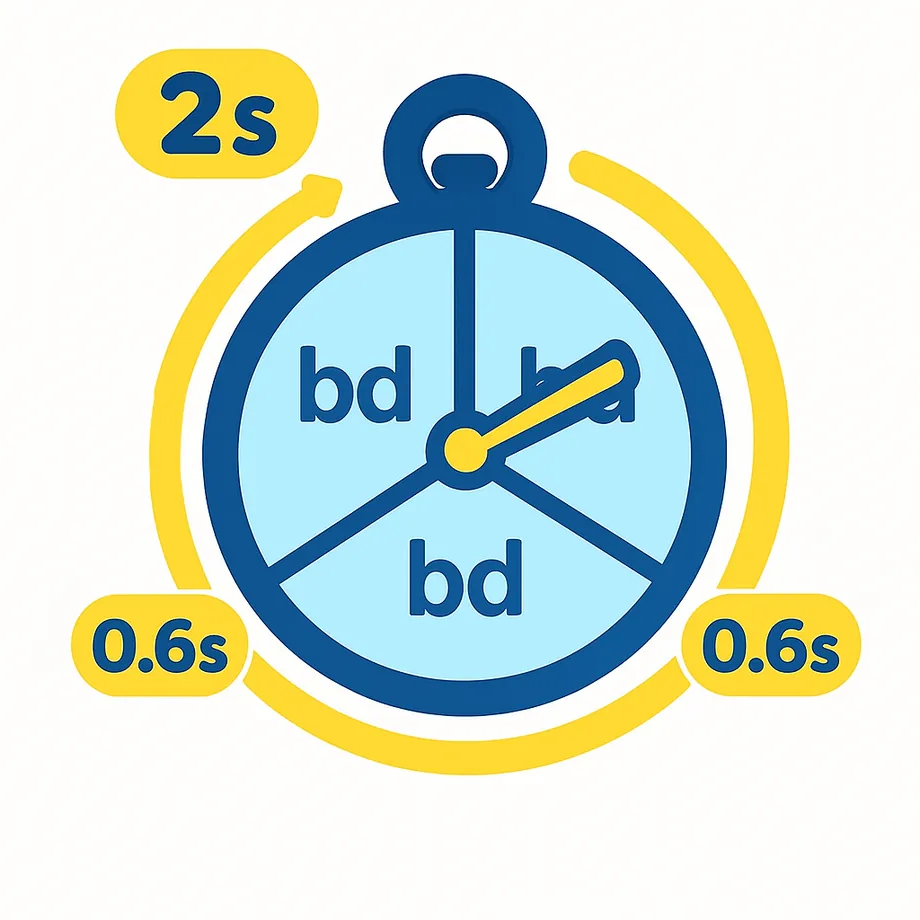
How does this division into 4 sound?
Now let's see how this sounds in practice. You can "feel" these 4 beats in many songs. The first beat is called strong beat, and the other 3 are weak beats.
To check this, listen to the song "What Do You Mean" by Justin Bieber. At the beginning, a clock sounds that perfectly marks each beat of the rhythm.
Do this exercise: At each tick of that clock, count 1, 2, 3, 4, 1, 2, 3, 4... Notice what happens when you say 1.

When doing this, you will notice three things:
- The tick of the clock sounds a little louder on beat 1
- The piano enters right on beat 1
- The bass drums also start on beat 1
Do you feel how the rhythm divides into those 4 beats?
1⏱️🎹, 2⏱️, 3⏱️, 4⏱️
1⏱️🎹, 2⏱️, 3⏱️, 4⏱️
...
1⏱️🎹, 2⏱️, 3⏱️, 4⏱️
1⏱️🥁, 2⏱️🥁, 3⏱️🥁, 4⏱️🥁
This is a good example to distinguish between pulse (each tick of the clock) and cycle (each group of 4 pulses). Hence the word cycle as something cyclical that keeps repeating.
The division into 4 parts is the most common in music. Pop, rock, hip-hop... almost all of these genres use 4 beats. That's why we'll start with this division.
By the way! Does the kick drum rhythm sound familiar? Listen closely to the song! It's the "four on the floor" that we just created!
Visualizing the Beat
Hit play and observe the 2 ways we are going to visually represent our rhythm.
These are two ways to represent your beat:
- Grid: The 4 kick hits are represented as rectangles.
- Staff: The standard musical notation. With 4 notes representing the 4 kick hits.
To write faster, you can use s() instead of sound().
Staff
We will look at the staff in more detail later, but to get you familiarized, let's go over a few things.

The 2 black vertical lines that appear at the beginning of the staff indicate that this score should be played by percussion (drums).

Since the kick drum cannot play a melody, all its notes will be on the same line, the first one of the staff as it produces the lowest sound, and the other drum instruments will also have their own line higher up. The hi-hat (hh) is usually represented with an x to better differentiate it from the other drum instruments.

The first 4 on top indicates that the cycle/bar is divided into 4 beats, as we just saw. The 4 on the bottom is not important at this moment, you can ignore it.
The kick drum in a real example
Listen now to another example with the same beat: "Satisfaction" by Benny Benassi. When the beat starts, you will hear the kicks on each pulse. Shortly after, the snare will enter, which we will see next.
In the next section, we will see the snare and the hi-hat 👉>>

